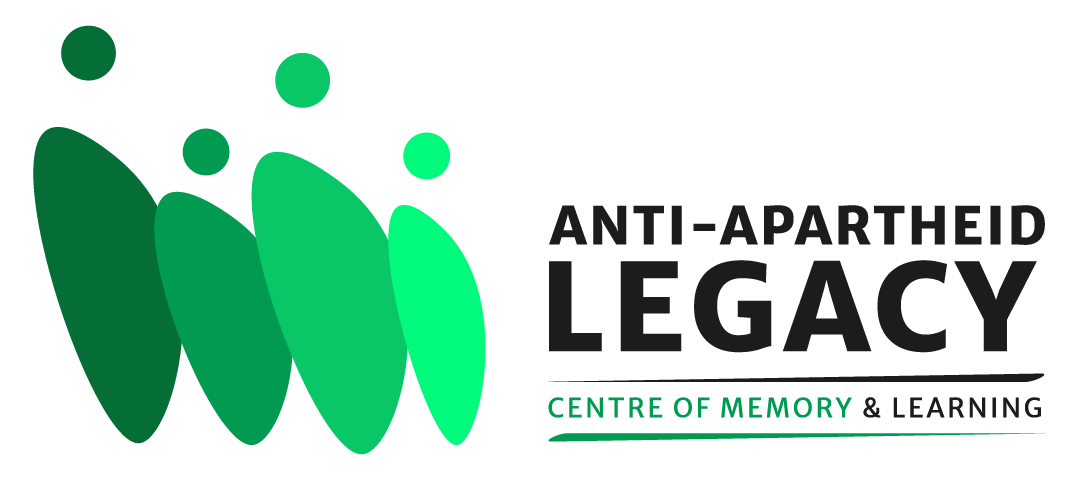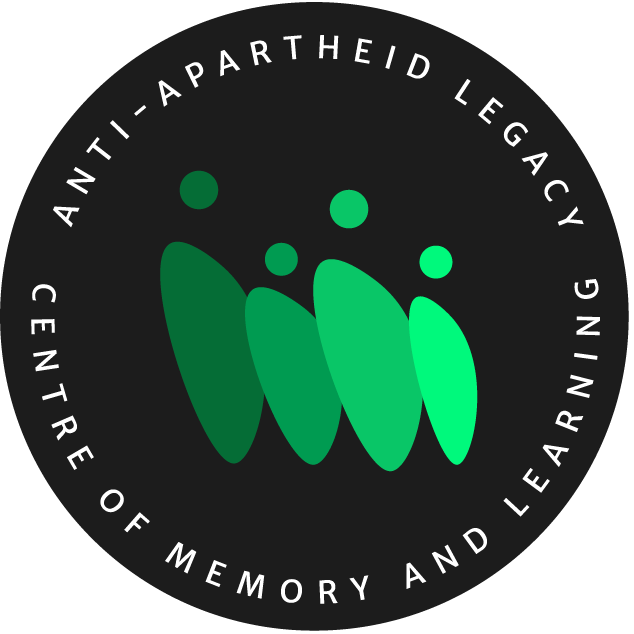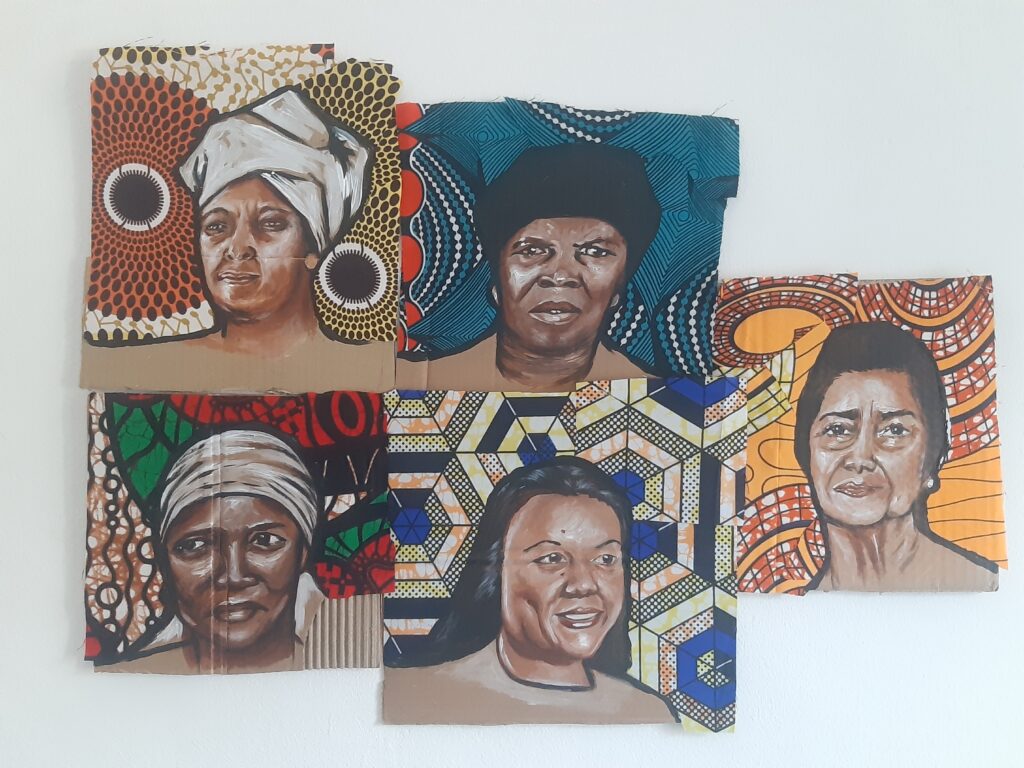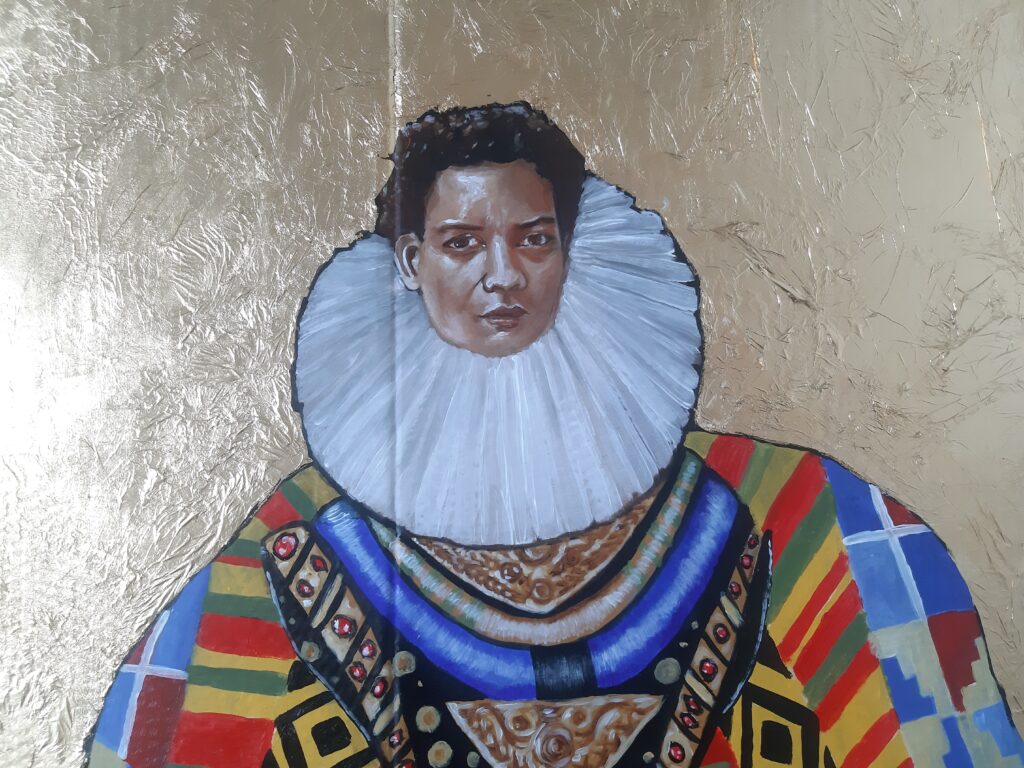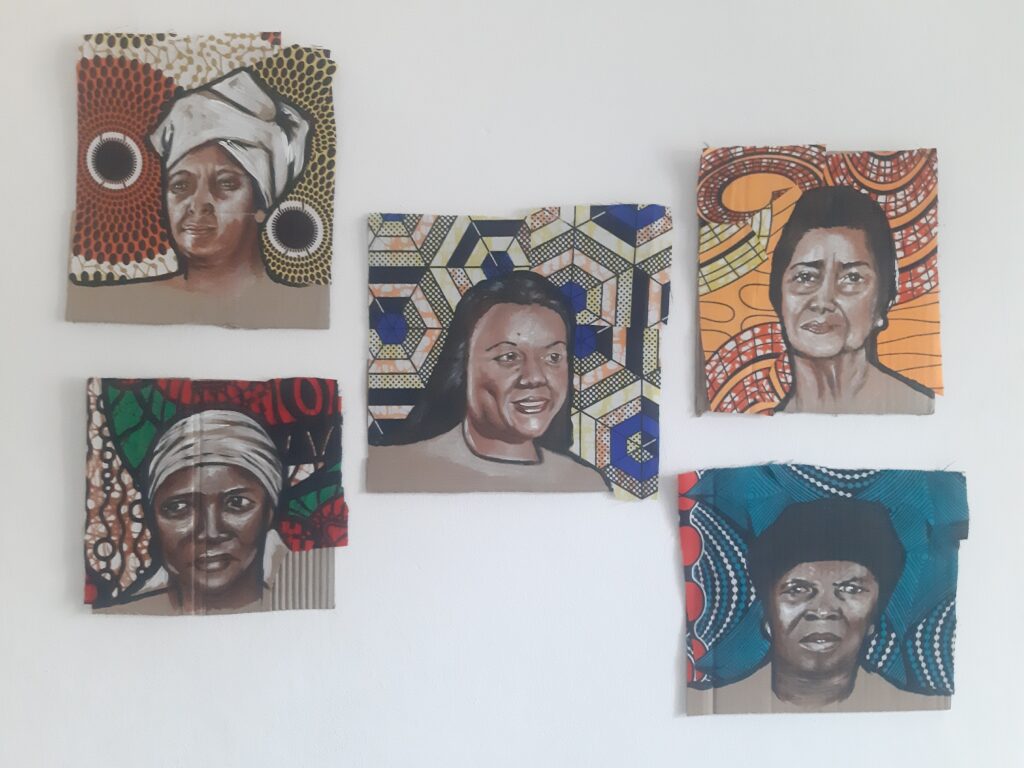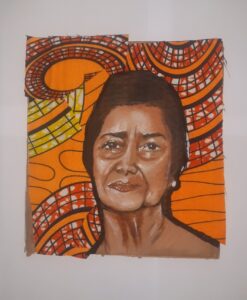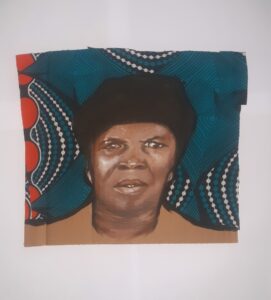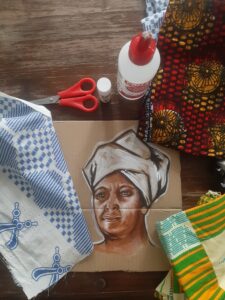Tina Ramos Ekongo’s commission Umfazi, Owesifazane, Vrou! celebrates five black and brown South African women who fought against apartheid. Their stories have either been under-known, under-heard or misrepresented. Umfazi, Owesifazane and Vrou means “Woman” in isiXhosa, isiZulu and Afrikaans respectively. These are three of the most spoken languages in South Africa, whose Constitution recognises eleven official languages.
Tina is a Spanish-Equatorial Guinean figurative visual artist, illustrator and cultural integration workshop facilitator. Born in Malabo, Equatorial Guinea, Tina grew up in Spain, between Madrid and Zaragoza. She moved to the UK in 2011 and has lived and worked in the north west of England for much of this time. In recent years, Tina has developed her signature portraiture style, intentionally reminiscent of 17th Century European portraits of Royal figures yet forefronting pan-continental artistic portrayals of African leaders.
